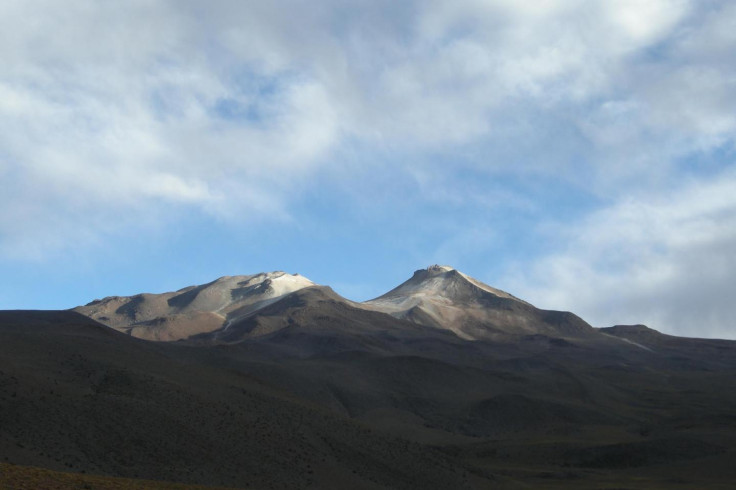Enormous underground lake discovered 15km beneath Bolivian volcano
Researchers believe other, similar-sized bodies of water could be hiding under volcanoes around the world.

A huge lake has been discovered under a dormant volcano in Bolivia. Scientists estimate the lake, located 15km under Uturunku volcano, is similar in size to some of the world's largest freshwater lakes, with a volume of 1.5m cubic kilometres.
Uturuncu volcano is located on the Bolivian Altiplano and it last erupted more than 270,000 years ago. An international team of researchers was looking to better understand the underlying geology of the region.
Jon Blundy, from the University of Bristol, was part of the team analysing the site: "The Bolivian Altiplano has been the site of extensive volcanism over the past 10 million years, although there are no currently active volcanoes there," he said. "The Altiplano is underlain by a large geophysical anomaly at depths of 15km below the surface of the earth."
This "anomaly" was found to have a massive volume and showed reduced seismic wave speeds and increased electrical conductivity – suggesting molten rock was present. At this depth, the temperature of the rock reaches around 970C. "The rock is not fully molten, but partially molten. Only about 10 to 20% of the rock is actually liquid; the rest is solid," Blundy added.
To work out what was going on, the team carried out high temperature and pressure experiments, measuring electrical conductivity of the molten rock. Their findings, published in Earth and Planetary Science Letters, showed the region must be made up of between 8-10% water dissolved into partially melted magma.
This, Blundy said, is an incredible amount, roughly equal to the size of Lake Superior. "The 8-10% of water dissolved in the massive anomaly region amounts to a total mass of water equivalent to what is found in some of the giant freshwater lakes of North America," he said.
And the discovery could shed light on why volcanoes erupt. Silicate melt is only able to dissolve water at high pressure. Conversely, at lower pressures, water comes out of the silicate and forms bubbles that can produce eruptions. Understanding the role that water plays in this process could help researchers interpret seismic activity.
The team also said there could be many similar giant lakes hidden beneath active continental arcs, adding that these lakes play an important role in how continental crusts form and grow.
© Copyright IBTimes 2025. All rights reserved.






















